Stylists hear a lot of the same haircut requests, especially from clients who just want something “age-appropriate” or “safe.” And while there’s nothing wrong with knowing what you like, some of these go-to styles can actually work against the look you’re going for. The tricky part? Most stylists won’t come right out and say, “This cut isn’t doing you any favors.”
These 18 requests tend to make stylists cringe—not because they’re awful cuts, but because they often miss the mark when it comes to flattering shape, movement, or overall vibe. If you’ve been asking for the same thing for years, this might be a gentle nudge to try something that actually feels a little more current… and a lot more you.
The Pixie Cut

The pixie cut can be a bold statement, but not everyone has the perfect hair texture for it. With its ultra-short length, any imperfections in hair density or head shape are magnified. Older women might find that this style requires more frequent trims and styling time than anticipated. Some stylists dread it because it demands precision and might not suit all facial features. For women with thinning hair, the pixie can accentuate this issue rather than disguise it. Before opting for this edgy look, consider trying a faux pixie to see if the style suits you.
The Bob

Ah, the classic bob, loved by many but feared by some stylists. While it offers a timeless appeal, it’s not always the easiest to manage, especially for older women with fine hair. The bob can require constant maintenance to avoid looking untidy. Stylists often worry about the potential for it to end up too round or flat, losing its desired shape quickly. Moreover, without the right texturizing techniques, it can make the hair appear limp. If you’re considering a bob, a layered version might alleviate some of these common issues.
The Layered Shag

The layered shag is a request that can make a stylist wince. It promises volume and movement but often delivers chaos. For older women, this style might not always bring out the best, particularly if the hair lacks natural volume. Maintaining the shag requires skilled cutting and daily styling to prevent it from looking outdated. Stylists might feel the pressure to achieve the ‘perfectly imperfect look,’ which can be tricky. If you have your heart set on a shag, ensuring your stylist understands your vision is key.
The Bowl Cut
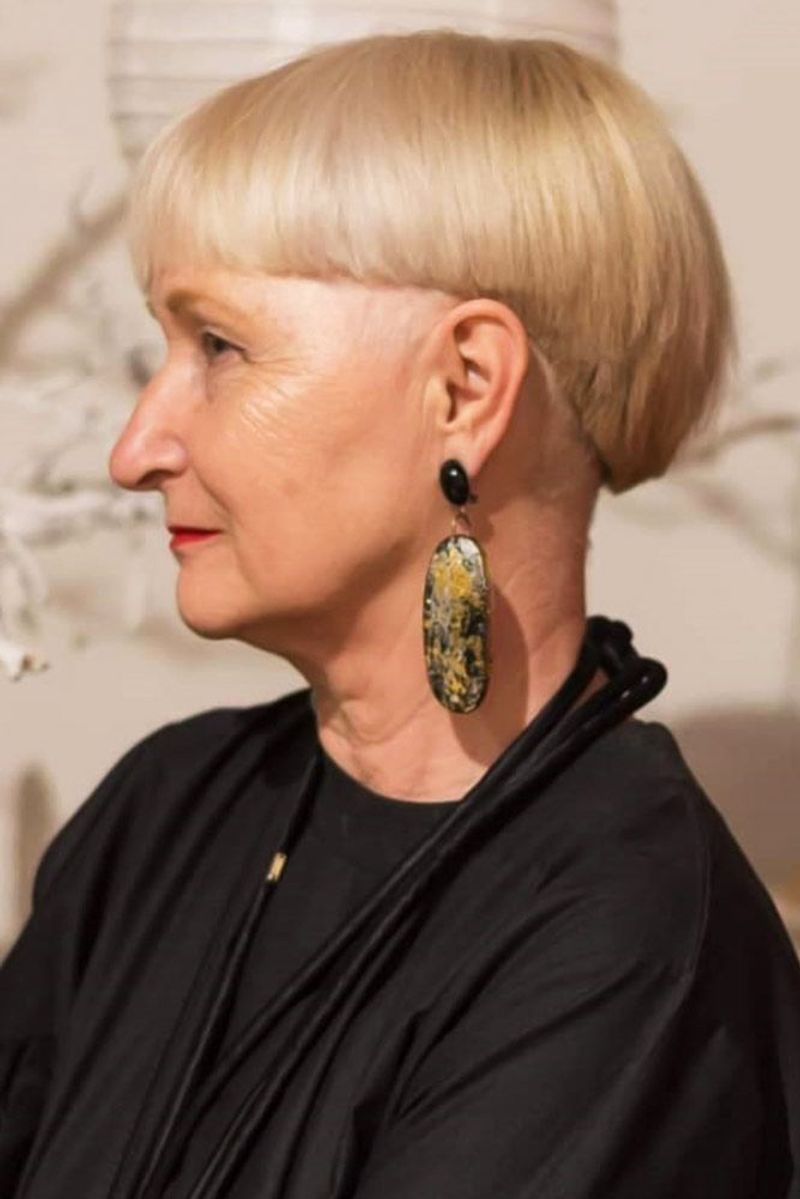
Once a childhood staple, the bowl cut’s resurgence is often met with hesitation by stylists. While it can be trendy, it’s not universally flattering. Older women may find that it highlights facial lines they’d prefer to soften. The bowl cut demands a steady hand and can easily look uneven if not executed perfectly. It also requires frequent trims to maintain its structured appearance. Many stylists might secretly wish for clients to opt for a softer, more forgiving alternative. If you’re nostalgic for the bowl cut, consider a modern twist with softer edges.
The Mullet
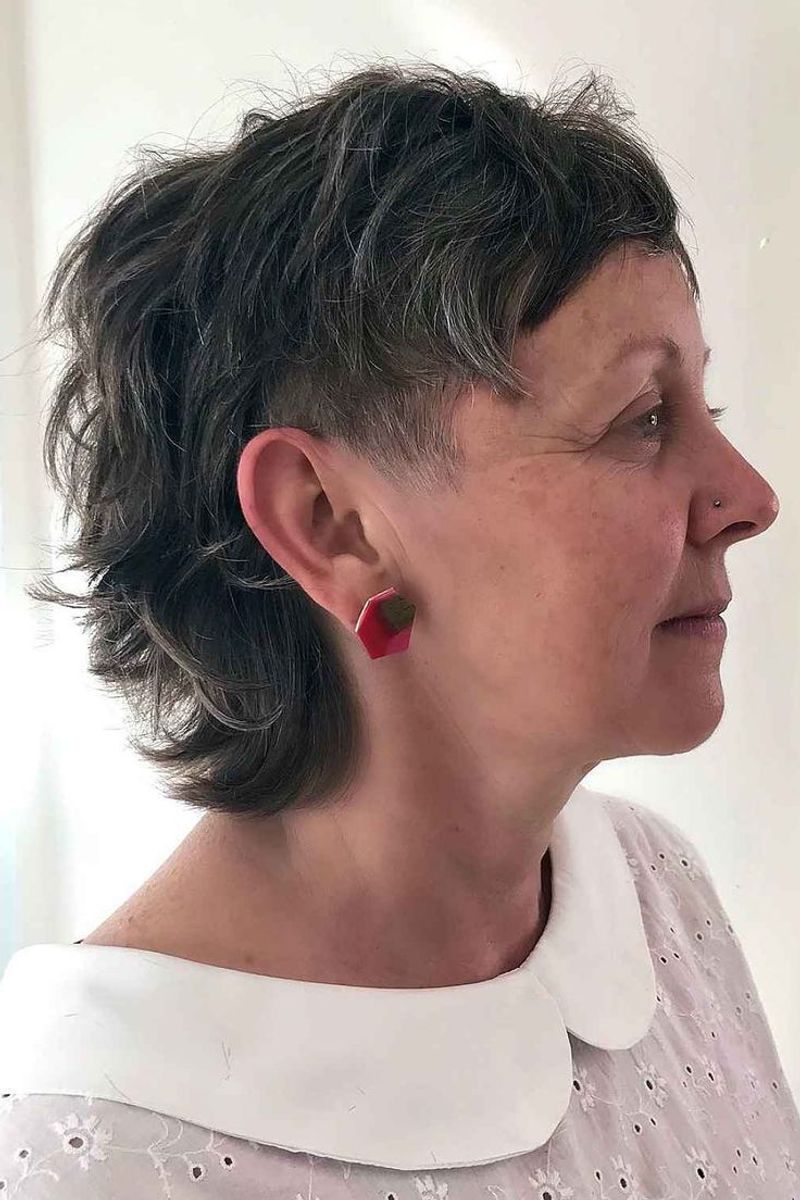
The mullet has made a quirky comeback, but it’s a polarizing choice among stylists, especially for older women. Its distinct shape requires a skilled hand to maintain the balance between edgy and over-the-top. This style can draw attention to features in a way that might not be desirable. For some, it evokes a nostalgia best left in the past. Stylists often cringe at the potential for it to look unkempt between cuts. If the mullet is your dream cut, work closely with your stylist to ensure it complements your personal style.
The Undercut
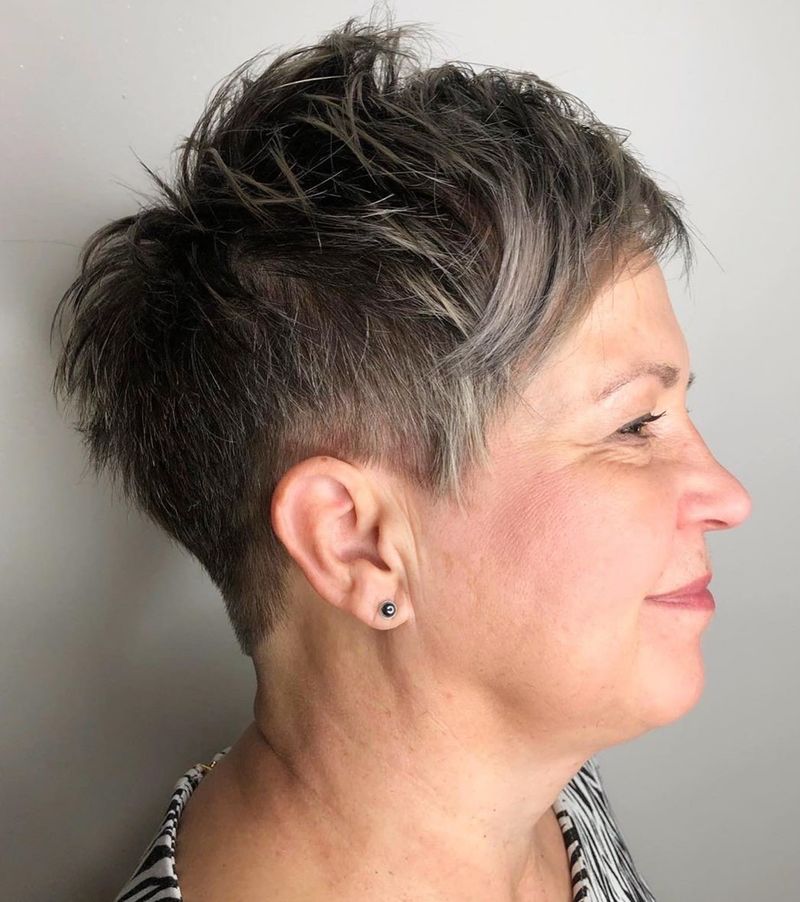
The undercut can be a daring statement but is not without its drawbacks. For older women, this style can be a risky venture, as it lays bare the scalp and can be difficult to grow out gracefully. Stylists often dread the maintenance it demands, as it needs frequent touch-ups to maintain its edge. It may not suit all head shapes, and if not styled regularly, it can quickly lose its appeal. If you’re tempted by an undercut, consider starting with a subtler version to see how well it integrates with your existing style.
The Perm
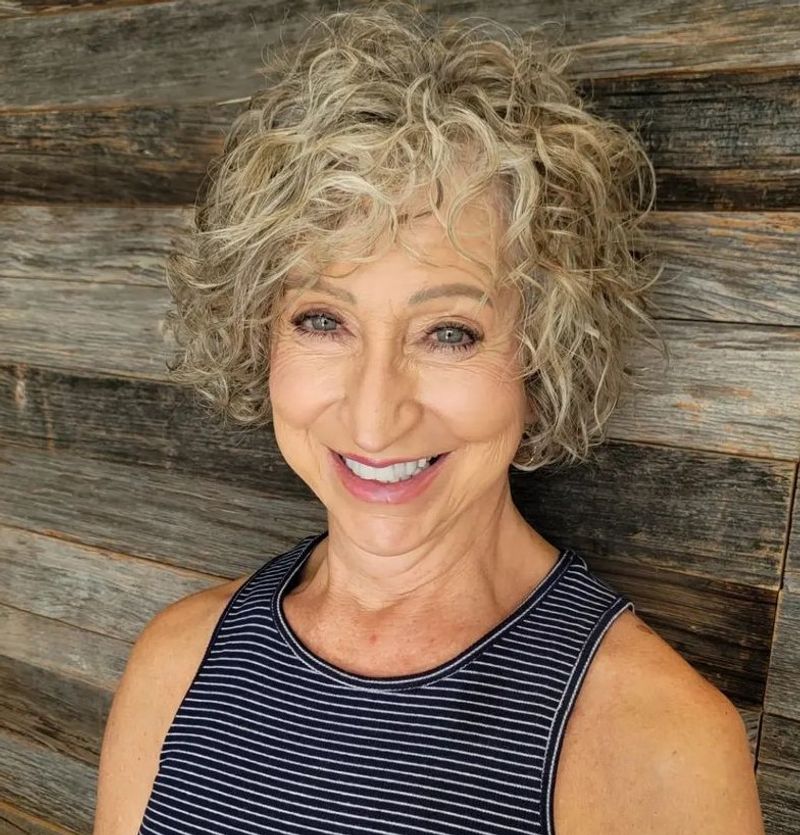
Perms are a classic yet contentious choice for older women. While they promise curls galore, the results can be unpredictable. Stylists often worry about hair health, as the chemicals can be harsh, especially on mature hair. Maintaining those curls requires a dedicated routine and regular touch-ups. For some, a tight perm might not complement their features, instead appearing too severe. Stylists might secretly prefer modern alternatives like beachy waves for a softer look. If you’re set on curls, discuss a looser perm option that suits your lifestyle and hair health.
The Asymmetrical Cut

Asymmetrical cuts can be a bold choice that exudes confidence, but they’re not always practical. For older women, maintaining this edgy style can be time-consuming. Stylists need to carefully balance the asymmetry, or it risks looking unintentional. This style can be unforgiving if the hair is prone to frizz or flyaways. Stylists often find it challenging to achieve the sleek look it requires without constant styling. Before committing, consider if you’re prepared for the upkeep and if your hair type supports the asymmetrical flair.
The Long, Straight Cut
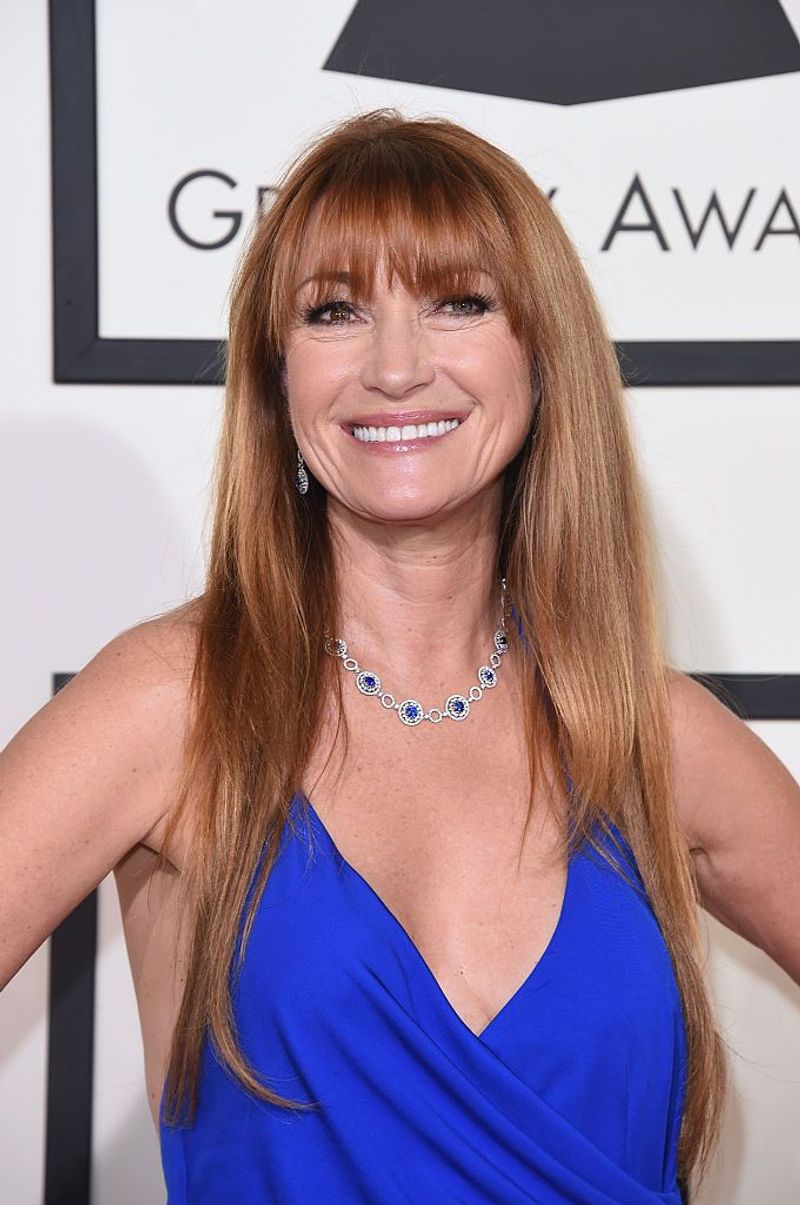
Long, straight hair can be beautiful but is not without its challenges, especially for older women. This style requires significant care to avoid appearing lifeless or unkempt. Stylists often worry about the lack of volume, which can make the hair seem sparse. The longer length demands more frequent trimming to prevent split ends. For some, it might accentuate age rather than soften it. If you desire this sleek look, consider incorporating layers or subtle waves to maintain a youthful appearance and add some dimension to your locks.
The Emo Cut
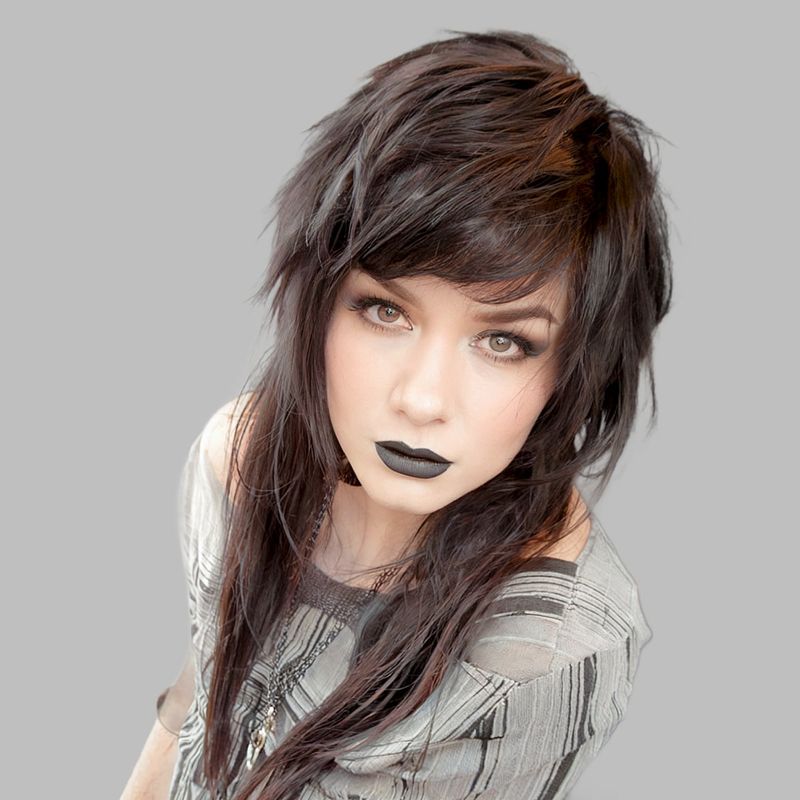
The emo cut, with its distinctive side-swept bangs and layers, can be a peculiar choice for older women. It’s a style that requires attitude and constant maintenance to keep its shape. Stylists often struggle with the heavy bangs, which can overpower the face if not balanced perfectly. Additionally, the styling products needed can weigh down mature hair, leading to a lack of volume. While bold, this haircut might not complement every lifestyle. If you’re drawn to the emo aesthetic, a modified version with softer lines might be a more suitable alternative.
The Slicked-Back Look
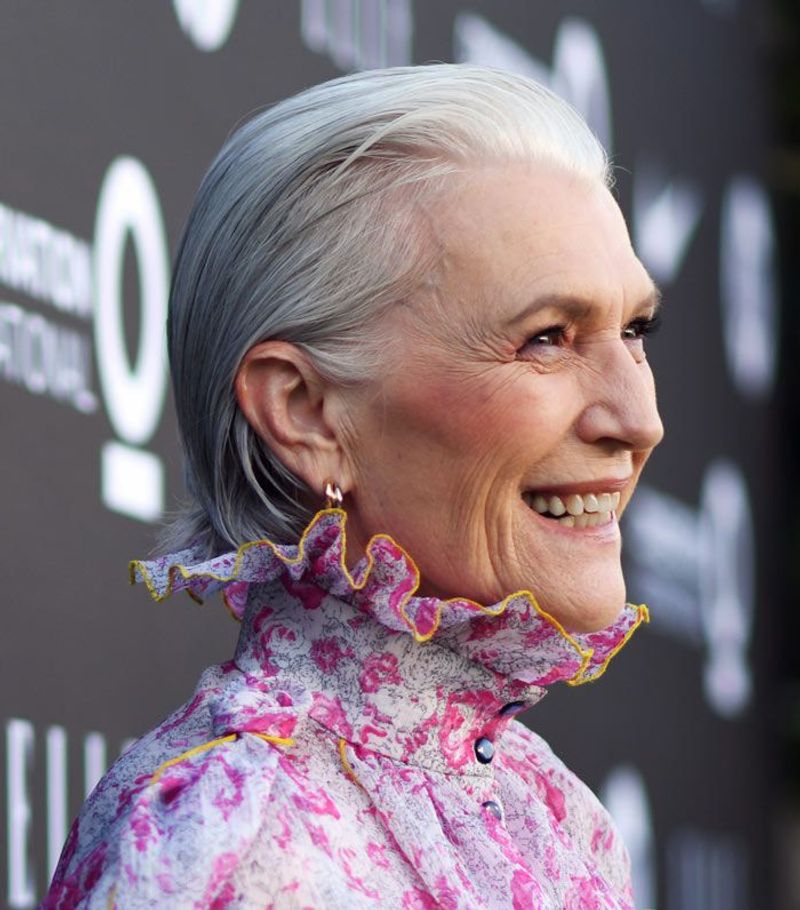
Slicking hair back can create a chic, polished appearance, but it’s a style that can be difficult to maintain throughout the day. Older women might find the look too severe, emphasizing facial features they’d rather downplay. Stylists often find that achieving the perfect balance of sleekness without appearing greasy is a fine art. Additionally, the styling products required can be harsh on mature hair, leading to potential damage. If you’re drawn to this look, consider trying a softer, less severe version that incorporates a little volume or texture.
The High Ponytail
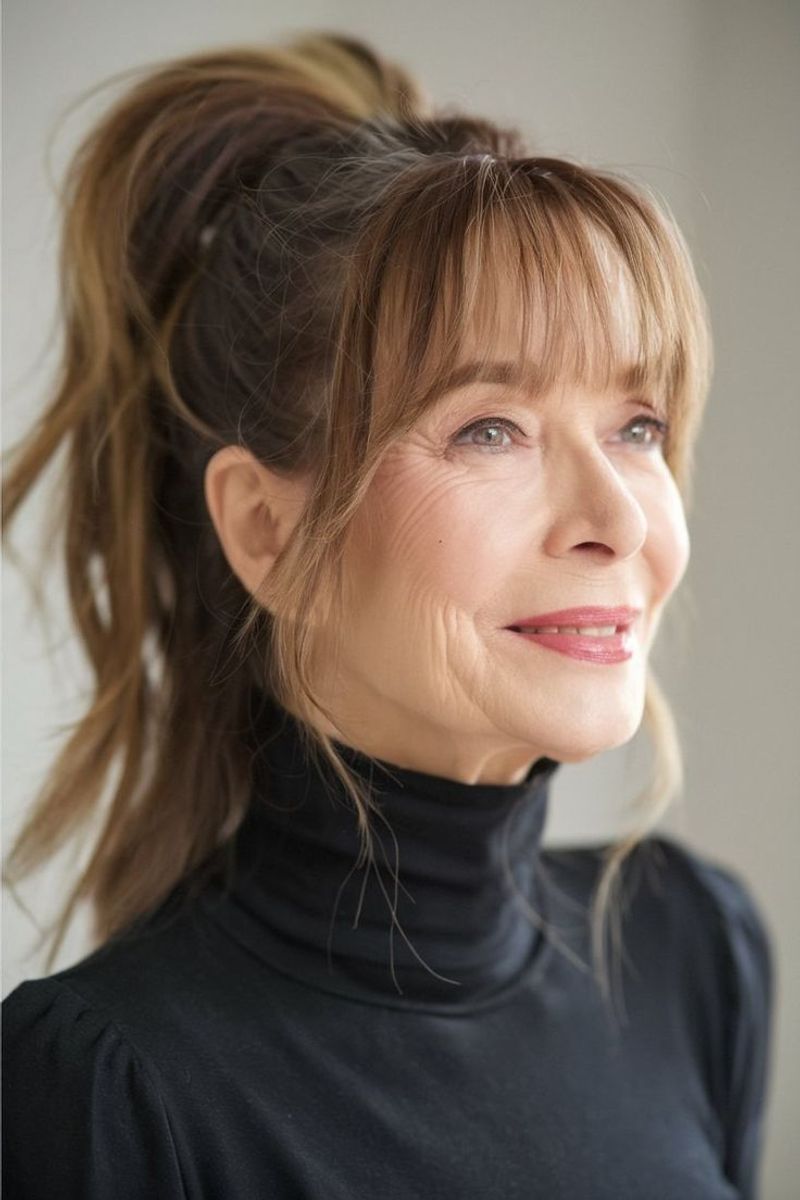
The high ponytail, while youthful, can be hard to pull off for older women due to its tightness and height. Stylists often worry about the strain it places on the hairline, potentially leading to breakage. Additionally, the sleek, pulled-back nature can highlight thinning areas. To achieve the desired fullness, extensions might be needed, adding to the complexity. If you’re tempted by this style, try a lower, softer ponytail that adds volume and is kinder to your hair and scalp.
The Mohawk
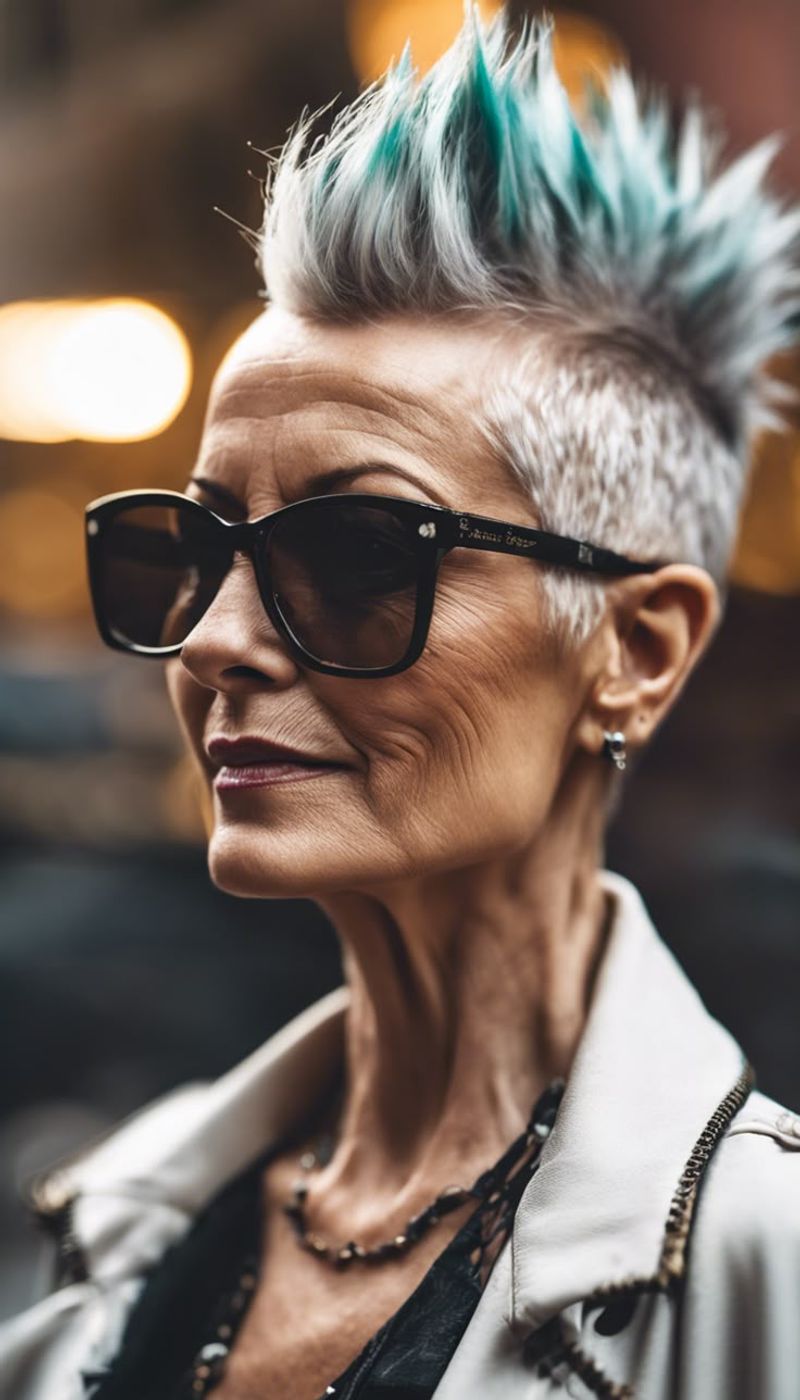
A mohawk can be a vibrant expression of individuality, but it’s not for the faint-hearted. Older women choosing this style often face challenges in maintaining its height and volume. Stylists might find it demanding to upkeep, as it requires regular trims and strong products to hold its shape. It’s a style that demands confidence and can be quite polarizing. If you’re set on rocking a mohawk, work with your stylist to ensure it’s tailored to flatter your face and complement your unique flair.
The Fringe Bangs
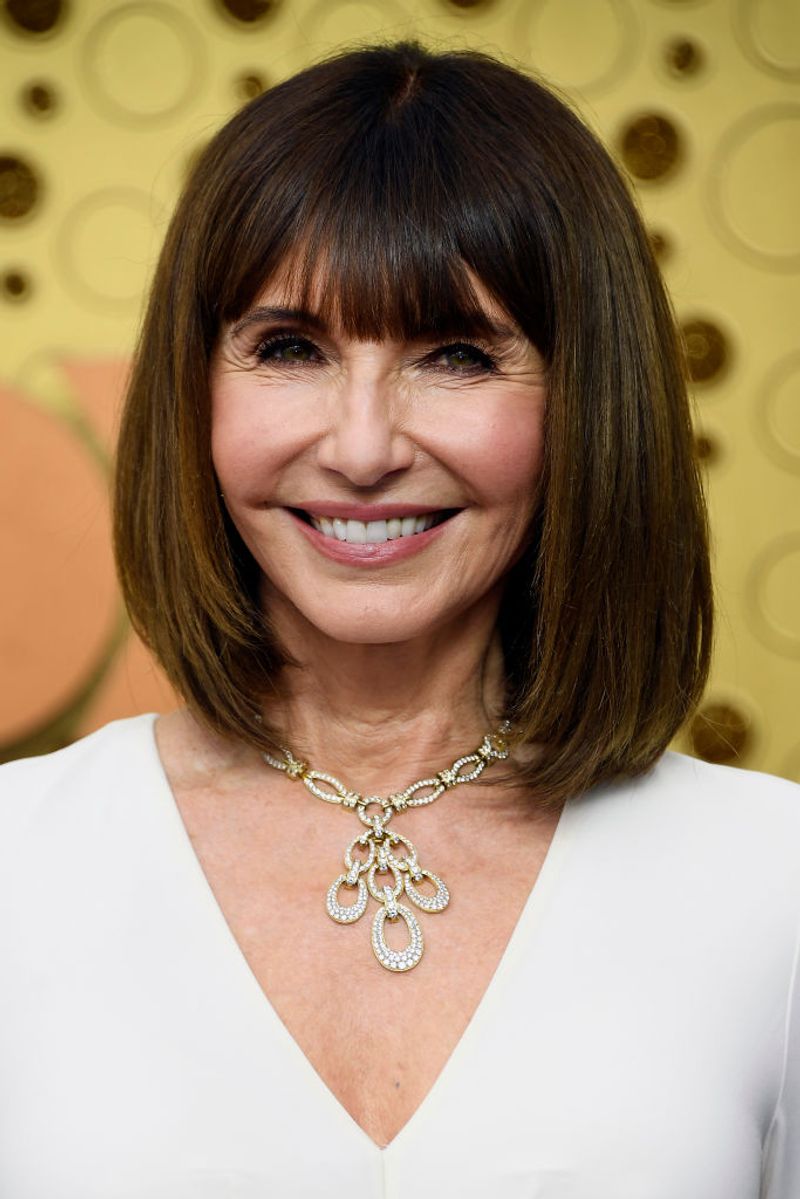
Fringe bangs can frame the face beautifully but are often a source of frustration for both the client and the stylist. When not cut to perfection, they can quickly become unruly. Older women might find that bangs need constant attention to keep them looking fresh. Stylists are aware of the risk bangs pose in highlighting wrinkles or age spots. It’s a style that requires commitment, as growing them out can be awkward. If you’re considering bangs, a wispy version might be easier to manage while still offering a youthful touch.
The Faux Hawk
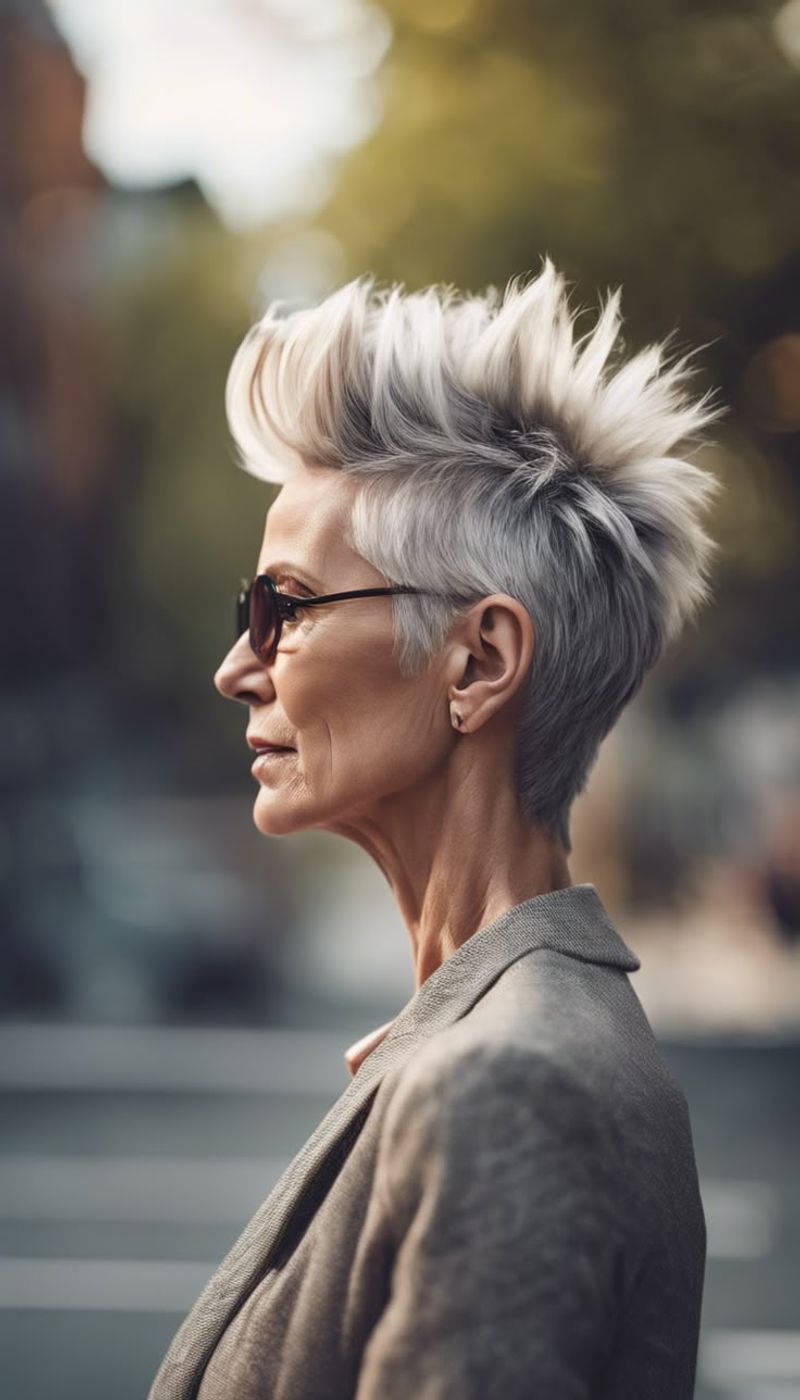
The faux hawk provides the edge of a mohawk without the full commitment. For older women, it can appear trendy but requires careful styling to avoid looking messy. Stylists often need to navigate the fine line between edgy and elegant. This style benefits from daily product use to maintain its shape, which can be taxing on mature hair. If you’re intrigued by this bold style, consider a more understated version that incorporates softer lines and textured layers for a balanced look.
The Buzz Cut
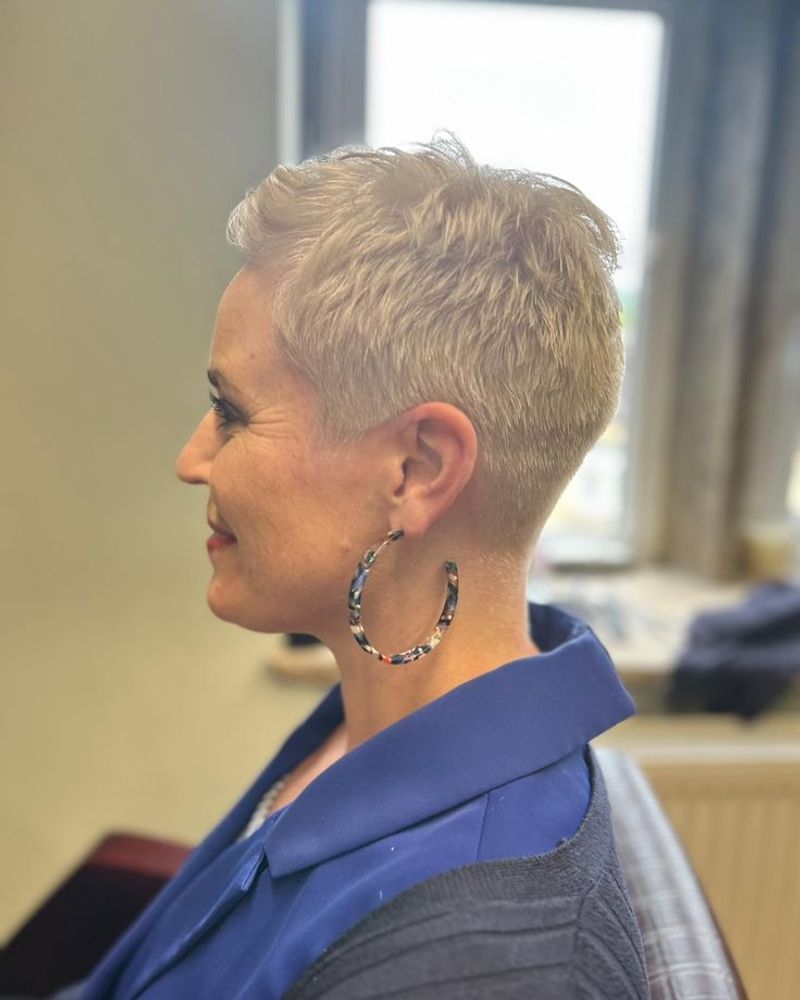
The buzz cut is a daring choice, offering simplicity but also unmasking every detail of the scalp and face. Stylists often hesitate at this request for older women due to its stark nature. This cut leaves little room for error and requires a well-shaped head to pull off successfully. It might not be forgiving to thinning hair or skin imperfections. If you’re contemplating this bold move, consider starting with a longer clipper guard to test the waters first. It can be liberating but demands confidence to wear proudly.
The Ultra-Short Fringe
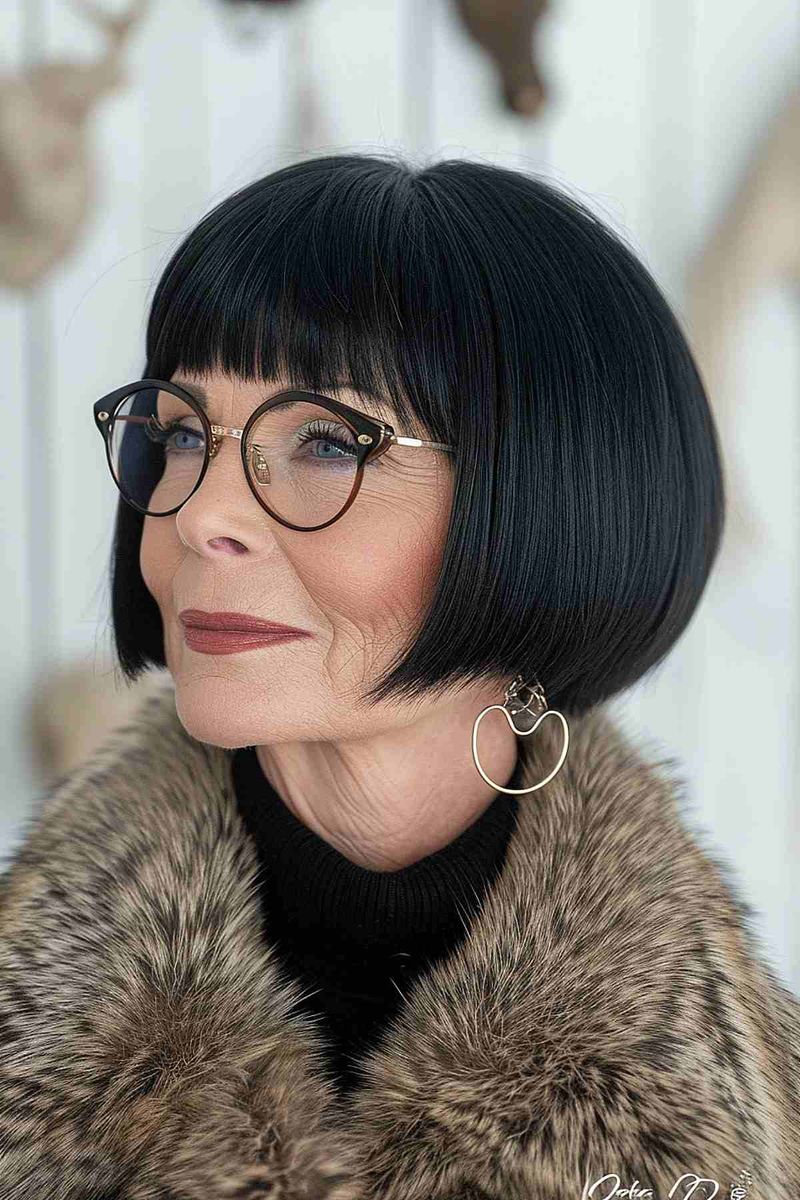
The ultra-short fringe is a look that can be chic but is often met with trepidation by stylists. It requires precise cutting and can easily veer into unflattering territory. For older women, this fringe might highlight forehead lines more than desired. Stylists often worry about its upkeep, as it needs frequent trimming to maintain its sharpness. If you’re enchanted by this style, ensure your stylist understands your facial structure to tailor the fringe appropriately. Consider pairing it with a longer hairstyle to balance the severity.
The Coiffed Updo
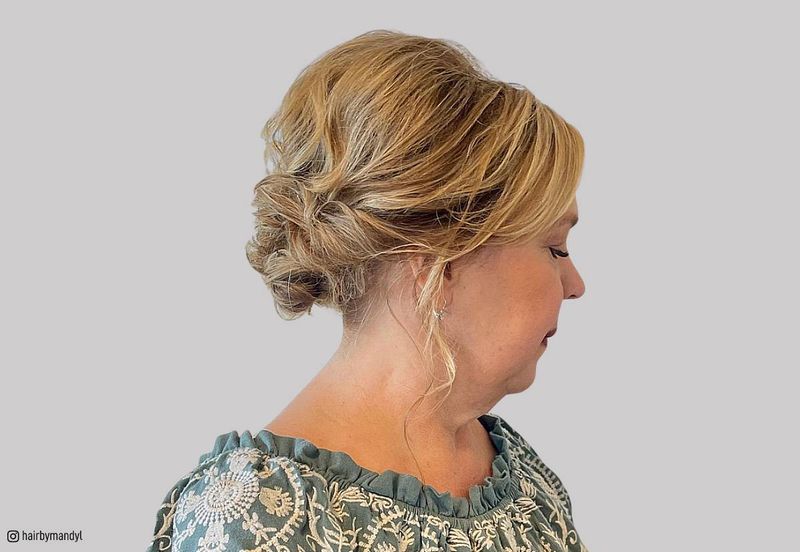
A coiffed updo can exude elegance, but it’s not without its challenges. For older women, this style demands meticulous attention to detail. Stylists often find themselves perfecting every curl and pin, which can be time-consuming. It requires strong hold products that might weigh down mature hair. Moreover, maintaining the structure of an updo throughout the day can be daunting. If you love the idea of an updo, consider a looser, more relaxed version that offers sophistication without the rigidity. This way, it remains stylish yet comfortable.
